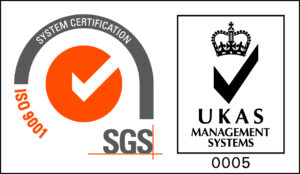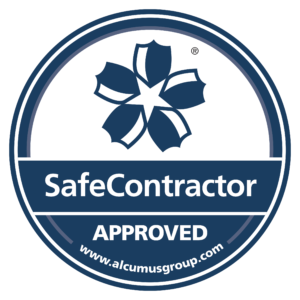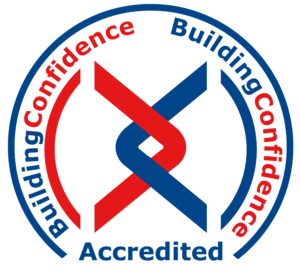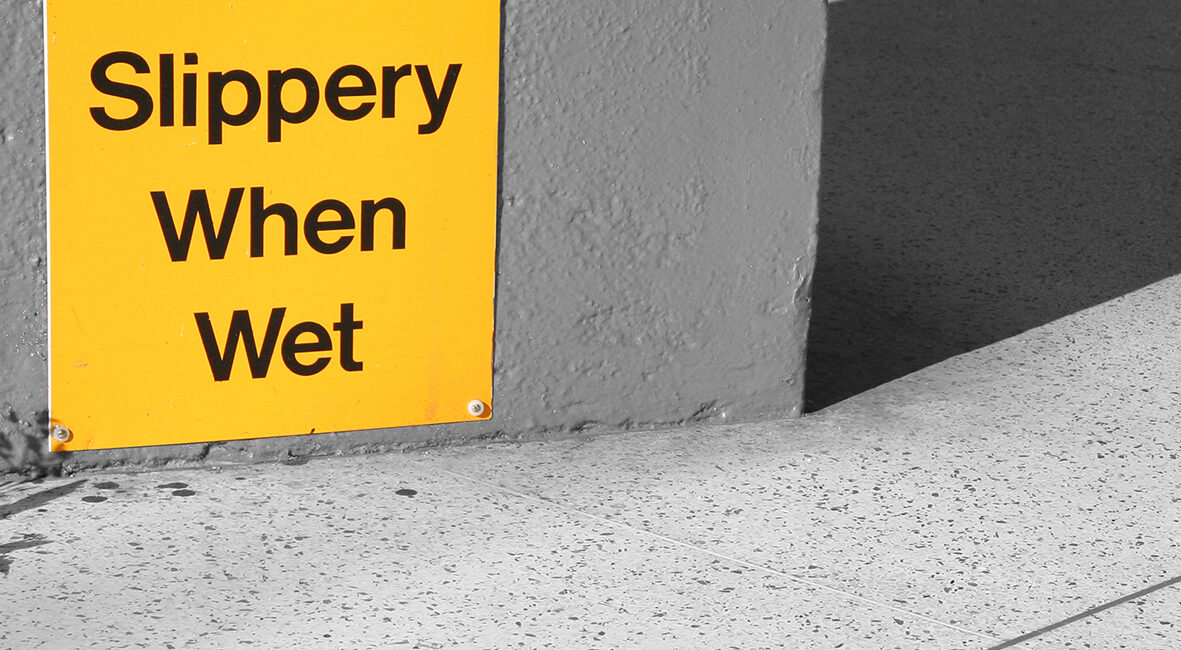
What is Slip Resistance?
Slip resistance, n—the relative force that resists the tendency of the shoe to slide along the walkway surface. Slip resistance is related to a combination of factors including the walkway surface, the footwear bottom, and the presence of foreign materials between them.
Slip resistant, adj—the provision of adequate slip resistance to reduce the likelihood of slip for pedestrians using reasonable care on the walking surface under expected use conditions.
To understand how slip resistance relates to safety, you need to consider the range of factors that can affect slip potential. These include:
- The floor surface
- The weather conditions
- The footwear worn
- The angle of the floor
- The presence of ‘contaminants’ such as oil, soap, ice, dust
- The weight, age and agility of individuals
The Workplace (Health, Safety and Welfare) Regulations 19921 require floors to be suitable, in good condition and free from obstructions. People must be able to move around safely. Using the information available we hope this article will assist you in making informed decisions about the access solutions on your site. It’s worth pointing out however, that no matter what the ‘Slip Resistance’ rating of any given floor type is, there is no guarantee that a slip won’t occur. All you can do is take as many measures as are reasonable to keep people safely on their feet.
How is Slip Resistance Tested?
Research carried out by HSL, in conjunction with the UK Slip Resistance Group (UKSRG) and the British Standards Institution, has shown that commercially available, portable scientific slip test instruments can accurately assess the slipperiness of flooring materials. HSL has developed a reliable and robust test method using these instruments to assess floor surface slipperiness. The method has been used as the basis of HSE and local authority advice and enforcement action. There are three main tests used:
The Pendulum Slip Test
This method is based on a swinging, imitation heel (using a standardised rubber soling sample), which sweeps over a set area of flooring in a controlled manner. This is the PTV (Pendulum Test Value) also referred to as the CoF (Co-efficient of Friction). You can see one in action here.
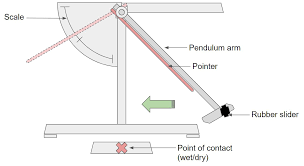
The pendulum CoF test is the subject of a British Standard, BS 7976: Parts1-3, 2002.2. The slipperiness of the flooring has a direct and measurable effect on the pendulum test value (PTV) given. Research has confirmed the pendulum to be a reliable and accurate test, so HSE has adopted it as its standard test method for assessing floor slipperiness in both dry and contaminated conditions. For profiled floors, several tests in different directions may be required to obtain a good understanding of profiled surfaces. PTV results are classified as follows:
PTV 0-24 High slip potential
PTV 25-35 Moderate Slip Potential
PTV 36+ Low Slip Potential
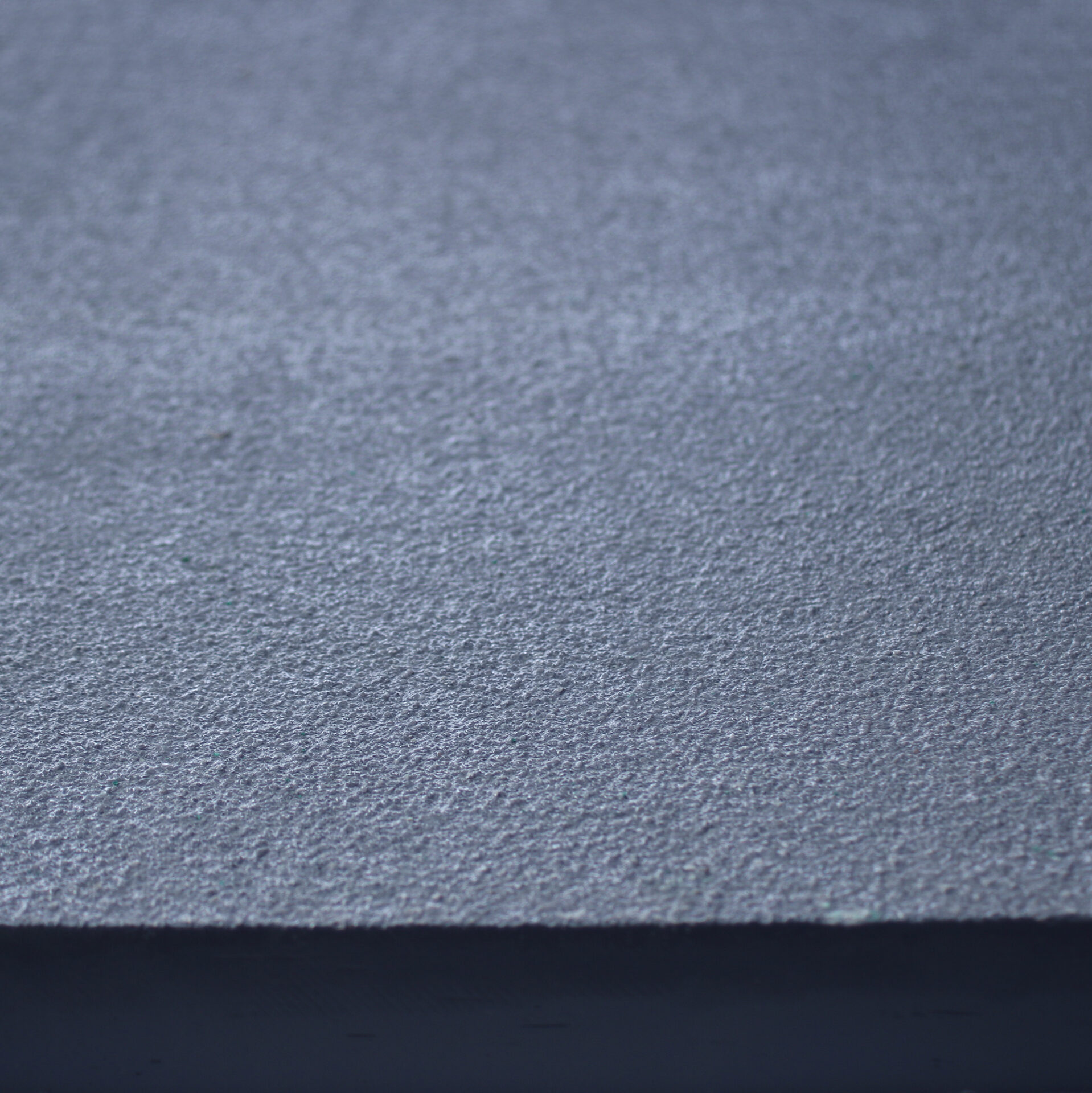
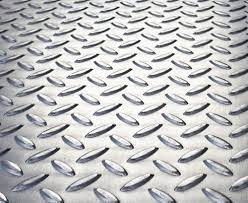
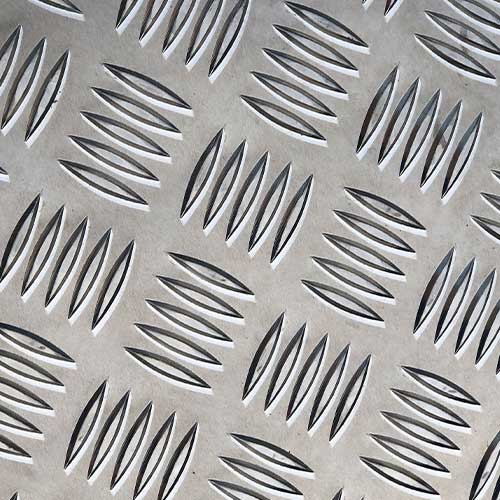
In independent tests the following results were found:
| Safety Flooring | PTV when DRY | PTV when WET |
|---|---|---|
| QuartzGrip™ Solid Top Grating | 92 | 79 |
| DURBAR® Chequer Plate | 73 | 46 |
| Standard Chequer Plate | tbc | tbc |
A Surface Microroughness Meter
An indication of slipperiness in water-contaminated conditions may be simply obtained by measuring the surface roughness of flooring materials. Roughness measurements may also be used to monitor changes in floor surface characteristics, such as wear. Research has shown that measuring the Rz parameter allows slipperiness to be predicted for a range of common materials. Rz is a measure of total surface roughness, calculated as the mean of several peak-to-valley measurements. When surface microroughness data is used to supplement pendulum test data, the roughness results should be interpreted using the information below:
Rz < 10 µm High Slip Potential
Rz 10-20 µm Moderate Slip Potential
Rz > 20 µm Low Slip Potential
The HSL Ramp Test
The HSL ramp slip test is designed to simulate the conditions commonly encountered in typical workplace slip accidents. This uses clean water as the contaminant and footwear with a standardised soling material. The test method involves using test subjects who walk forwards and backwards over a contaminated flooring sample. The inclination of the sample is increased gradually until the test subject slips. Although it looks less scientific, by using an actual person rather than a machine, in many ways it provides a more accurate result.
The average angle of inclination at which slip occurs is used to calculate the CoF of the flooring. The CoF measured relates to the flooring used on a level surface. It is possible to assess bespoke combinations of footwear, flooring and contamination, relating to specific environments, using this method. HSL also uses the ramp to assess the slipperiness of footwear.
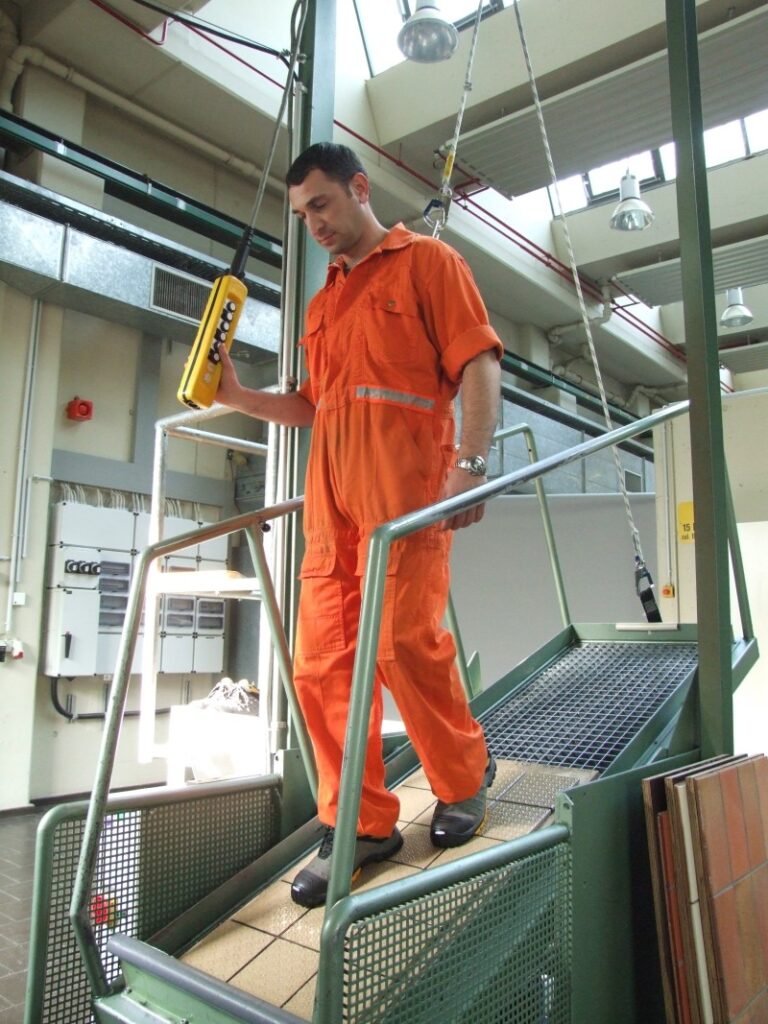
What does all this mean?
In short, it means that nothing beats GRP in terms of creating a non-slip floor in an outdoor, industrial environment. Metal floors can be improved using anti-slip surface coating or paint, but this can wear off over time. The embedded quartz found on FRP grating, sandwich panels, flat plate, nosing and decking strips lasts for decades. In the Pendulum Test QuartzGrip™ Solid Top outperformed the best quality chequer plate brand – even when wet. While we attribute these results to all QuartzGrip™ products, open mesh grating prevents liquids from pooling on the surface which increases it’s slip resistance even further.
The good news is, that if you already have chequer plate installed it can easily be replaced or simply covered up with a GRP solution. And, if installed correctly using the glue and screw method we recommend, it can also help slow down corrosion of the steel surface.
Slips, trips and falls (on the same level) are still responsible for more than 30% of reported workplace injuries and could account for over half a million days off work. Getting safety floors right will save time, money and potentially lives.
Sources







